How to Use Ferns in Your Garden or Landscape
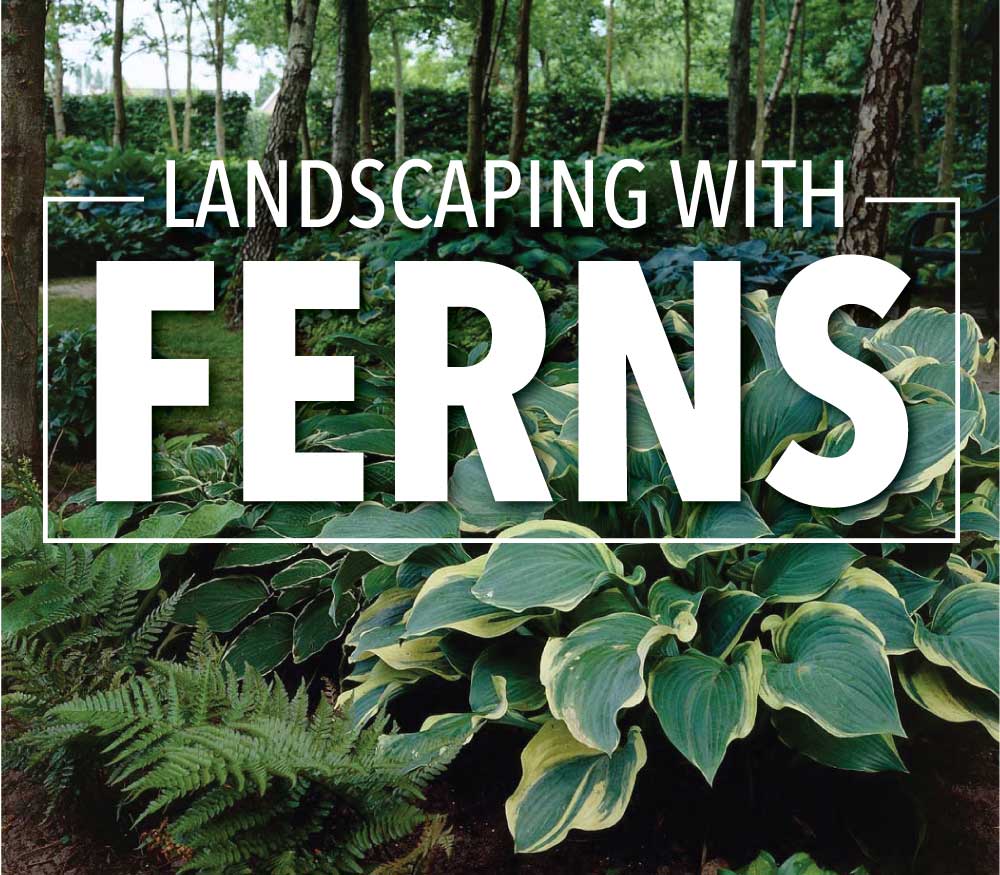
Walk through almost any natural area that is shady and moist, and you are bound to see ferns. They carpet the ground in woodlands and swampy areas, gather around springs and stream banks, cascade over rocky outcroppings and decorate old stone walls.
Ferns are plentiful in the wild, yet it’s unusual to see them growing in a home landscape. That’s unfortunate, because these graceful perennials have so much to offer! They are easy to grow, long-lived and require zero care. They come in a wide range of colors, shapes, and sizes. Plus, they are rarely troubled by diseases or pests, including deer and rabbits.
Ferns are among the earth’s most ancient plants, and this may be one of the reasons we find them so appealing. They have an air of untamed wildness about them, and look like they have been planted by nature, not by a gardener.
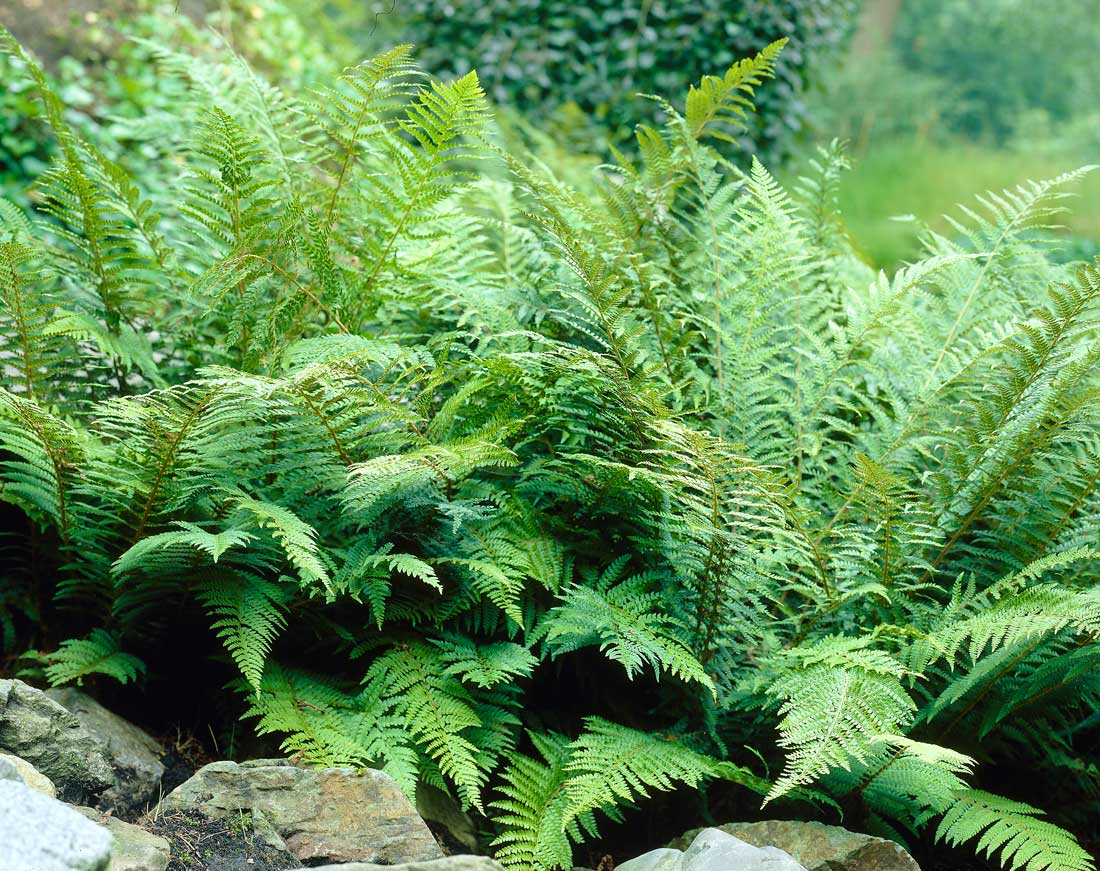
Leatherwood Fern
Using Ferns in Your Yard and Garden
Ferns are an excellent addition to any shady garden. You can use them as specimen plants or for background plantings. They also make good companions for other shade plants such as hostas, astilbes, dicentras and caladiums.
If your yard is shady, it can be challenging to maintain a good-looking lawn. Why not consider replacing the most difficult areas with ferns? Once established, they are an excellent ground cover and require much less attention than turf grass.
As a general rule, ferns prefer moist soil, so they are a natural choice for edging a stream or pond. Have a soggy area or rain garden? Consider including ferns along with other moisture-loving perennials such as monarda, Joe Pye weed and ornamental grasses.

Ostrich Fern
Where to Plant Ferns
Most ferns grow best in loose, loamy soil that is rich in organic matter. Before planting, take a minute to work in some compost and peat moss. Though most ferns are not fussy about soil pH, some types prefer acidic soil, so check the soil pH and match the plant to the growing conditions.
There are some ferns that will tolerate sun, provided the soil is good and they don’t dry out. Interrupted ferns and cinnamon ferns are good for a relatively sunny location. For sites with dry soil, choose Christmas ferns or lady ferns. If a period of unusually hot weather causes your ferns to wither, cut them back to the ground and they will regrow once temperatures cool down.
Five Easy Ferns for Home Gardeners
There are many ferns to choose from and each has its own special character. Here are five types to consider:
Christmas Fern. This fern (shown above) is native to the eastern U.S. and is particularly popular in the southeast, where the foliage stays green throughout the winter. The fronds are dark green and have the same long, narrow shape as a Boston fern. Though the plants are relatively slow-growing, they are very long-lived. Plant them in moist, well-drained soil that is relatively acidic. You can expect Christmas ferns to grow 1 to 2 feet tall with a similar spread. Hardy in zones 3-8.
Ghost Fern. This fern is a hybrid between the lady fern and Japanese painted fern. The plants have an upright habit and silvery grey fronds with burgundy accents. Plant in part to full shade and provide shelter from wind. Ghost ferns will not tolerate drought, so it’s important to choose a planting location where the soil stays moist all season long. The plants grow relatively slow, but can eventually spread to cover a 2 to 3-foot area. Height is 12 to 18”. Hardy in zones 4-7.
Ostrich Fern. These native, clump-forming plants have an upright habit and grow 4 to 6-feet tall with a 3 to 6-foot spread. They produce two types of fronds. The showy, infertile fronds are long and lacy, and resemble an ostrich plume. They emerge at the base of the plant, curled up like a fiddlehead, and slowly unfurl to their full, 4-foot length. The plant’s dark brown, fertile fronds appear in midsummer at the center of the clump and grow about a foot tall.
Ostrich ferns prefer medium to wet, slightly acidic soils and full to part shade. The plants spread by underground rhizomes, and under ideal growing conditions they will form large, dense colonies. Therefore, it’s important to give them plenty of room to spread out. The plants grow best in sheltered locations with cool summers. Suitable in zones 2-7.
Leatherwood Fern. This fern is native to the eastern U.S. and is sometimes called the marginal shield fern. It is low-growing, reaching a height of 18-24” with an equal spread. The dark green to bluish-green fronds are 5 to 8” wide and have a leathery texture. Grow in moist soil and full to part shade. Protect from sun and drying winds. A great choice for any shady garden. Hardy in zones 3-8.
Lady in Red. Lady ferns are native to the eastern and central U.S. This variety has been selected for its showy red stem color. The deeply cut, light green fronds are 6 to 9” wide and 2-3 feet long. The color of the stems intensifies as the plants mature.
Plant lady ferns in full to part shade, and give young plants plenty of room to reach full size, which is 24-30” tall and 18-24” wide. In northern areas, the plants will tolerate sun if the soil stays moist. Lady ferns are an excellent ground cover and good companions for other shade loving perennials. If you enjoy making flower arrangements, you’ll find the foliage makes a great filler. Hardy in zones 3-8.
To see our complete selection of ferns, click HERE. To learn more about gardening in the shade, read: Design Tips for Shady Gardens.

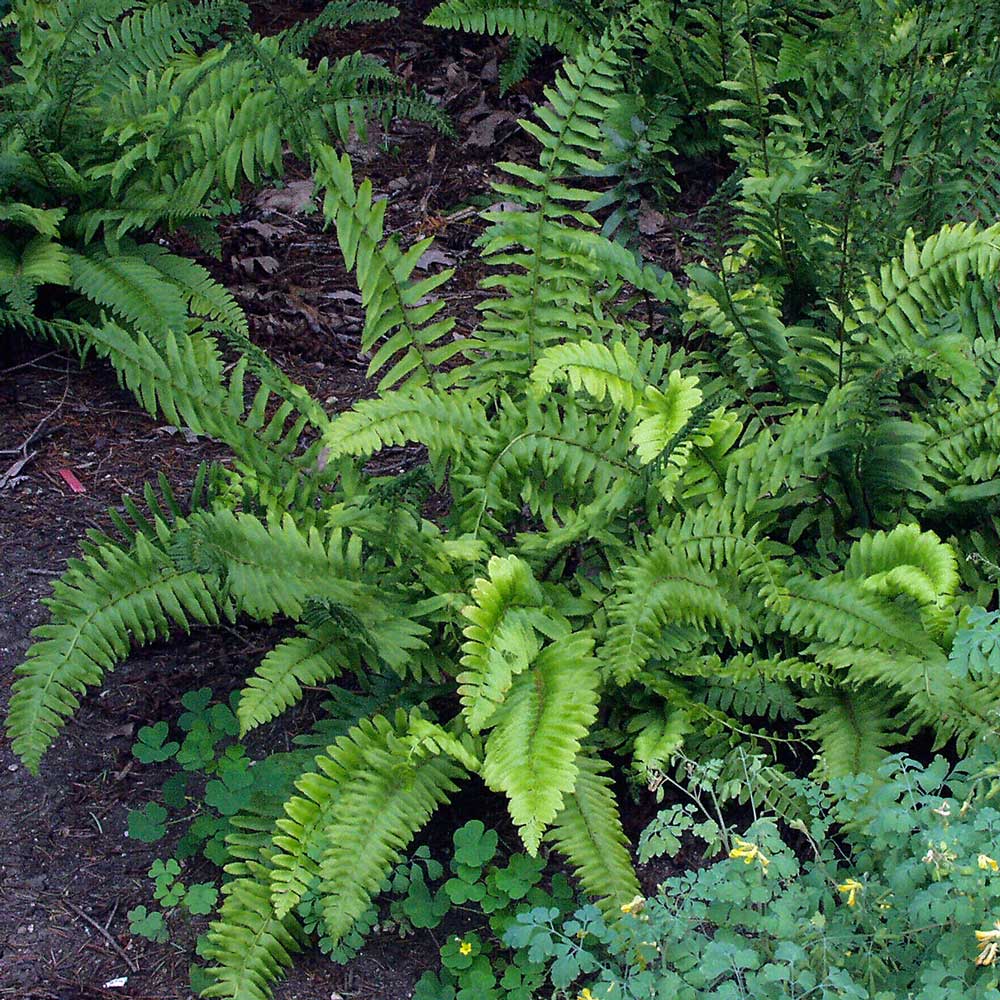
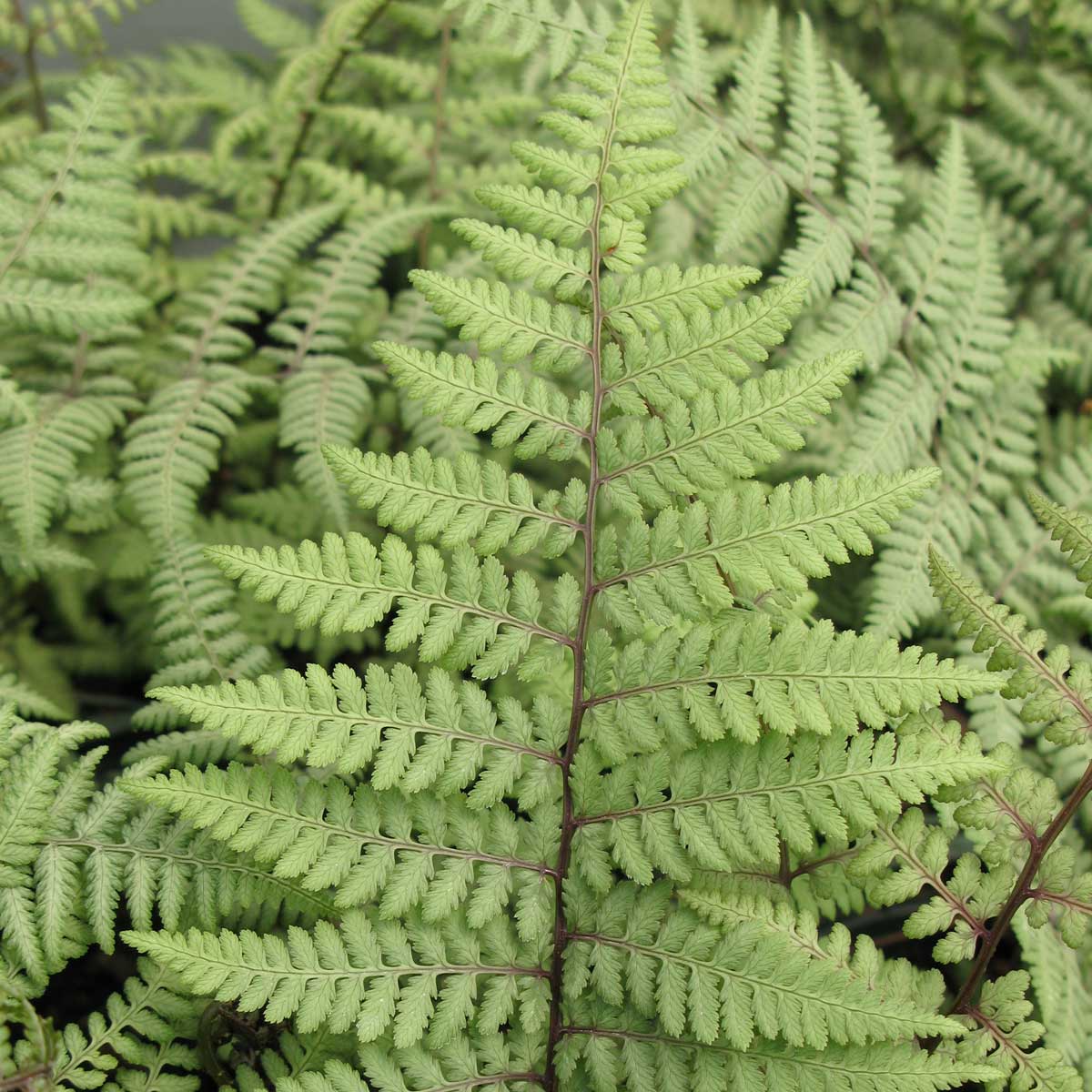
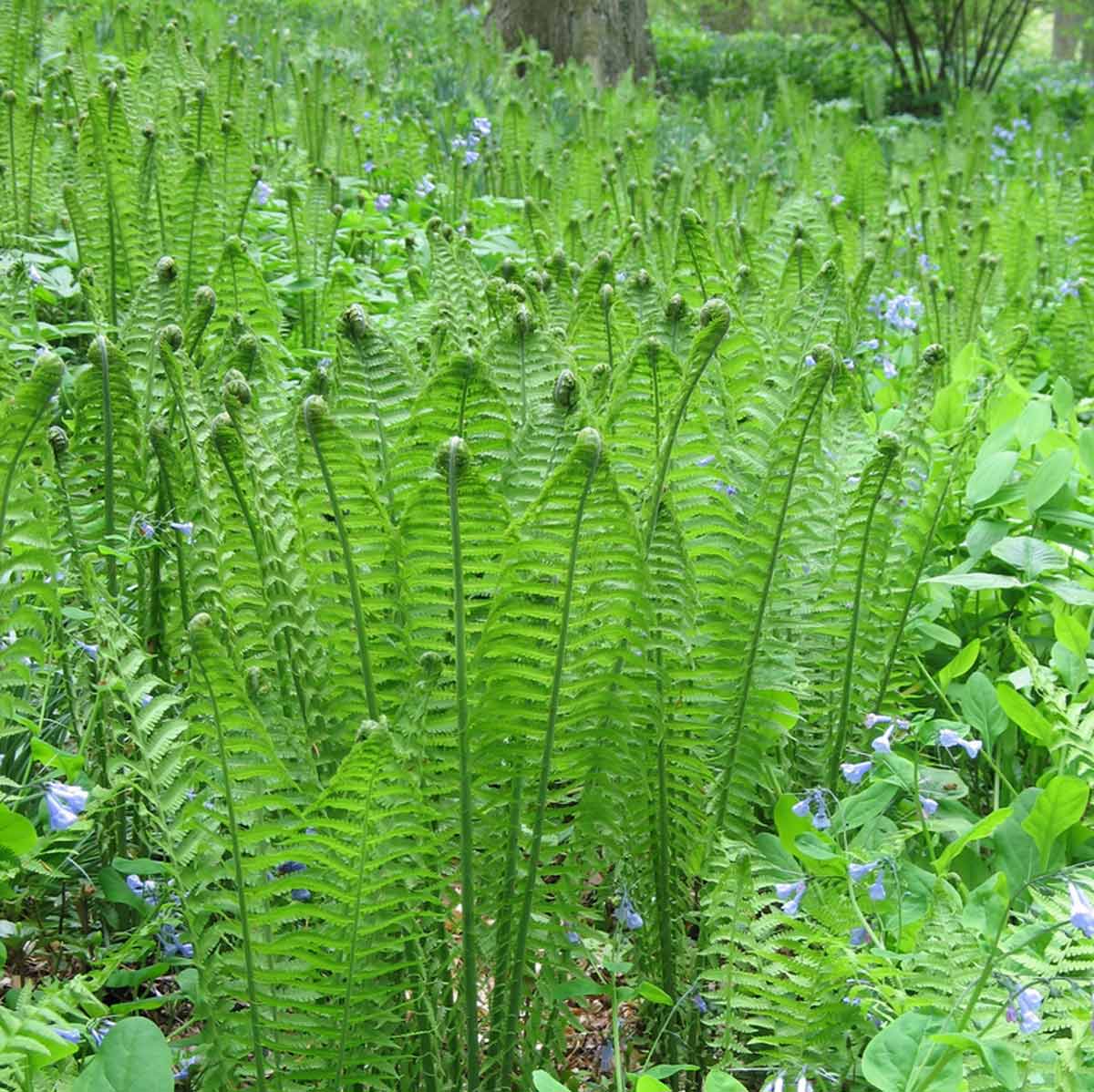
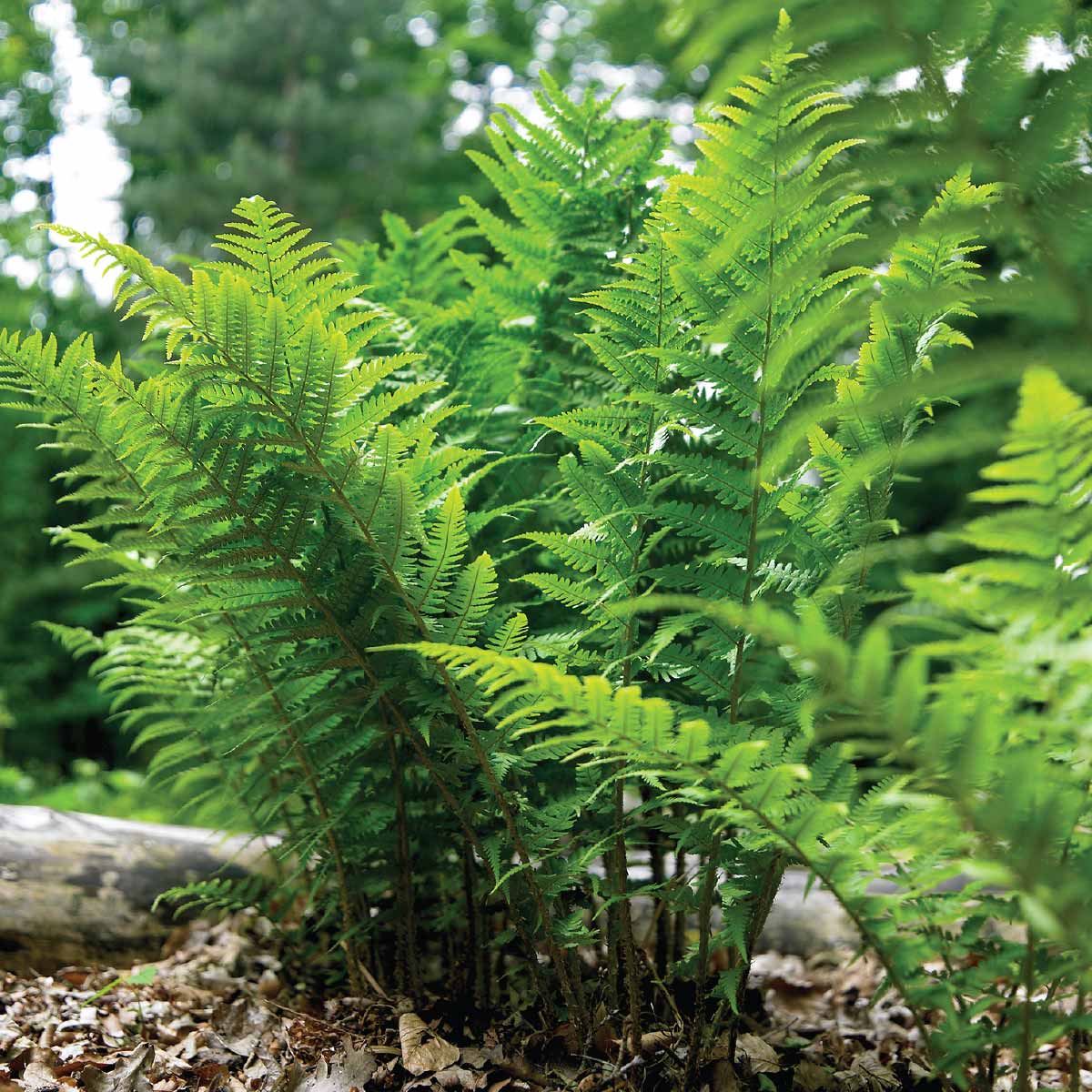

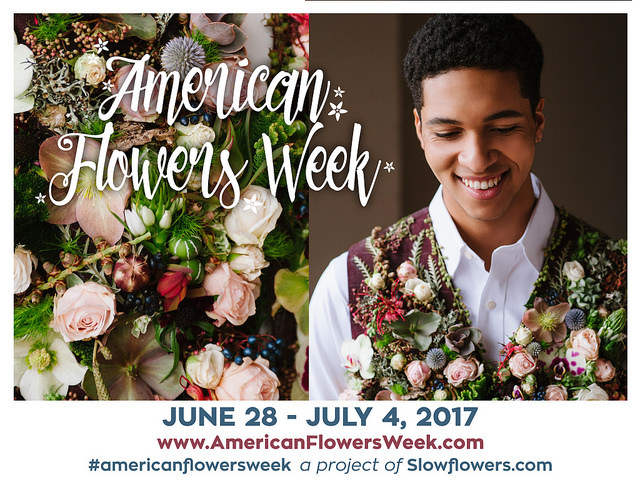
This sounds like the answer to my small hill under some big cedar trees – I hope
Give it a try. Start by enriching the soil with plenty of compost. Leaf mold is even better, if you have it. This will help the soil retain moisture and not dry out as quickly. Water weekly for the first month or two until the plants are well established.
Can you plant these under evergreen trees? I was told nothing will grow under them
Hi Cathie,
It really depends on the type of evergreens as well as the soil. Very few plants will grow in deep shade and that is often what you get under evergreens. They will also grow better in rich, moisture-retentive soil that has lots of organic matter. The best way to find out is to plant a few ferns toward the sunnier edges and see how they do.
I love ferns and I’m in the process of placing them by my fish pond, my just a little water feature for sound and behind a water fall. All are doing well, love them. I heard they were invasive but I don’t care….now that is, I can give them away easily.
Hi Donna — Ferns are such easy and rewarding perennials. Some types do spread, but others don’t or do so very slowly. Like other plants, their vigor also depends on the growing conditions — how happy they are. They look beautiful near water. I bet your pond is really pretty.
Hi I love the look of ferns, but find them invasive. Is there a way to keep them from taking over? Thanks
Hi Jenn — Not all types of ferns are aggressive growers. Here are several that have a clumping habit and are relatively slow to spread: Christmas fern, lady fern, maidenhair fern, ghost fern, leatherwood fern and Japanese fern. The the way plants behave differs somewhat by climate and growing conditions, but you shouldn’t need to worry too much about these.